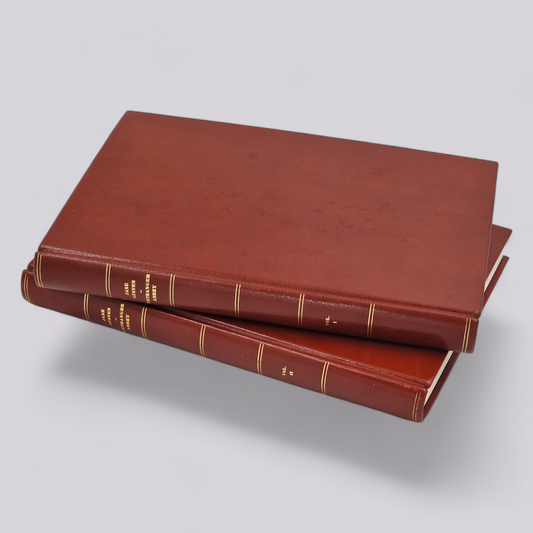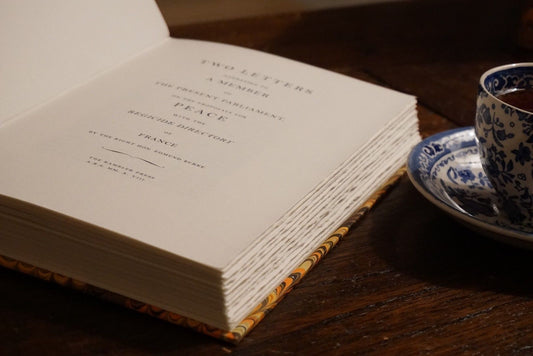
Papers, balloons and Jacobin
SHARE
And papers have their own history, which you could read about on this blog . Let's now take a closer look at Johannot paper, on which Angela Soltys' book Między Konstytucję a Targowica was printed, as well as several copies of Thomas Rowlandson's and Paul Sandby's graphics, which will soon be available in our gallery .
The Johannot family paper mill was founded in the 17th century in Annonay, where there was a competing company run by the Montgolfier family. In the late 1770s, both companies worked together to create a French equivalent of the English wove paper , paper without the characteristic ribs that were a sign of previous shaking from a sieve. In Great Britain, this type of paper, produced by the Whatman family, appeared around 1750. In this respect, France was clearly lagging behind.
In 1779, Pierre-François Didot, a representative of the famous Parisian publishing clan, himself involved in paper production in Essone, wrote to Matthieu Johannot about the need to collaborate on the creation of this type of paper. They were crowned with success and already in 1781 the Johannot family could boast a gold medal awarded by Louis XVI himself. The first books were printed on vellum paper from Annonay, using a font specially cut for the Didots, no longer with the long s , which was considered one of the symbols of classicism and permanently entered the history of typography.
However, the Johannots' contribution to history does not end there. Together with the owners of a competing paper mill, the Montgolfier brothers, they worked on a special paper used to create the world's first balloon. It was in Annonay that the first balloon flight was made on 14 December 1782. There, on 4 June 1783, the new invention was publicly demonstrated. Matthieu Johannot's penchant for innovation was clearly shared by his son, Jean-Baptiste Johannot (1740–1795). Unfortunately, these were political innovations. After the outbreak of the French Revolution, Jean-Baptiste became known as a radical and fanatical Jacobin and anti-clerical. He was executed after the fall of the Robiespierre dictatorship on 7 May 1795, and the company was run by his son, François, from then on.
Above and below, filigrees placed on Johannot papers from Annonay.








